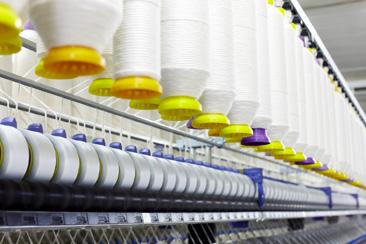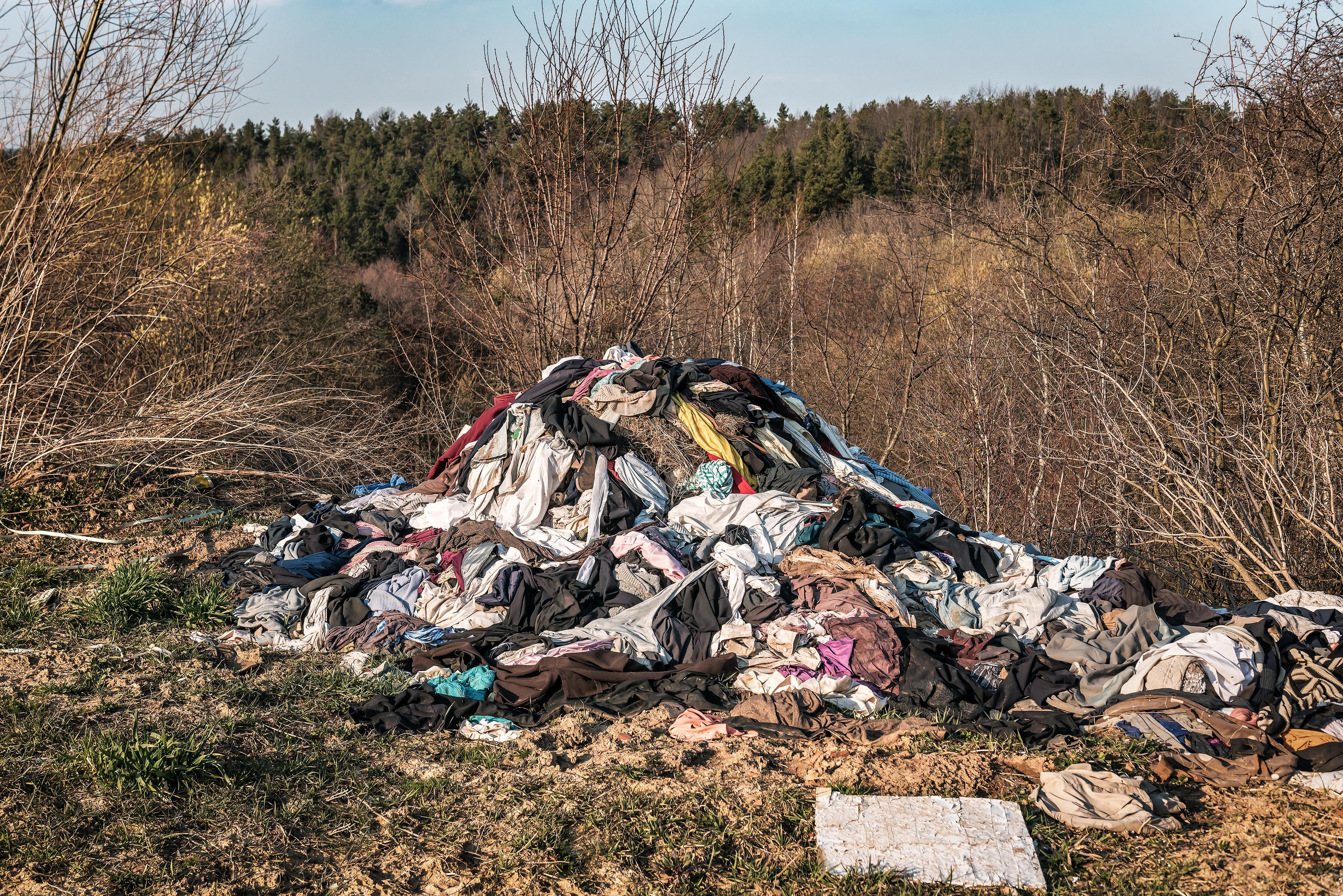Skills We Learnt Last Week
1.
Learning Facts: Juries
Laws are created by the government to keep people safe and happy. If you break the law, you may go to trial and be judged, either by a judge or jury. A jury is a group of 12 randomly selected people meant to represent a spread of society that is fair and unbiased
2.
Public Speaking Skills: Structure
Making your speech easy to follow by using speech building blocks
3.
Debating Skills: Giving Rebuttal in a Speech
Rebuttal is a response to the other team’s argument, and it goes after our introductions and before our substantive arguments (reason #1 and #2) in our speech building blocks.
Skills We Will Learn This Week
1.
Learning Facts: Wasteful Fashion
Is there a secret underbelly to the fashion industry?
2.
Public Speaking Skills: Speech Practice
Becoming an expert at using your speech building blocks
3.
Debating Skills
Understanding incentives, and how they affect the fast fashion industry
Reminder: Class Rules
Now that we all know each other, let’s make this class into a proper classroom!
Here are some rules that we will all follow together:
Before Class
1. 2.
Make sure that you’ve eaten breakfast/lunch and have gone to the bathroom
Join the zoom call a few minutes before class starts so we can get started right away!
At the Start of Class
Let your coach know if you need to leave class early 1. 2.
Turn your camera on so we can see your lovely smile!
During Class
Keep your camera on unless you are preparing during an activity
Put your hand up if you want to say something
Do not leave your computer during class - if you need to go to the bathroom, put your hand up and ask your coach before you go
SYMBOL OBJECTIVES:
Learn a special skill Activity time Key takeaway
Warm Up Activity: Your Wardrobe
Here are three different settings that you need to dress for. Tell the class in what you would wear for each one, and why.
When deciding what you would wear, consider things like:
1.
2.
3.
The weather or the climate Functionality - does your outfit have any special features like X-ray glasses?
Your personal taste - what do you like to wear?
Example: Deep Sea Diving
"If I were to go deep sea diving, I’d wear a full body wetsuit and a hat to keep my head warm. It would have a light attached so I could see the bottom of the ocean in the dark, as well as flippers to help me swim It would be bright orange, because that’s my favorite color!"

Settings:


Fighting Crime Like a Superhero


PART 1:
WHAT IS FAST FASHION?




The Fashion Industry
Learning Facts
The fashion industry is the third biggest manufacturing industry in the world
Fashion takes third place after automotive (car and transport) and technology industries.
Over 100 BILLION items of clothing are made each year
That’s 12.7 items of clothing per person
Different countries consume fashion at different rates
The average US citizen buys one clothing item a week, whereas the average person in Egypt purchases two items per year. The average clothing item in Norway costs US$28.26, and the average clothing item in India costs US$7.00.



The Fashion Industry
Old Times
The fashion industry means everything involved with the designing, making and selling of clothes across the world.
Hundreds of years ago, every item of clothing had to be made by hand. Fibers were harvested by hand, prepared and made into cloth, and every stitch was sewn by a person.





Modern Times
Now, fashion technology has advanced significantly. Fabrics are woven by automated machines, and garment workers use industrial sewing machines to make things faster to put together Lots of our clothes are now made out of non-natural fibers, like polyester




Fashion is one of the world’s leading industries, selling billions of garments a year. Over time, it’s become easier to make garments more quickly and cheaply.

What Is ‘Fast Fashion’?

Fast fashion is a new term that describes the increasing trend towards cheap clothing that’s quick to make. It’s called ‘fast’ because it relies on copying fashion trends on the fashion runway and making them as quickly as possible at very high quantities

These clothes are often ready for sale in stores in just a few weeks.
When a large amount of something is manufactured, this is called mass production.
The more items you produce, the less it costs to make each item. That’s why companies that make 100 of the same sweater can sell them for $20 each, but a fashion designer who makes only 5 will have to sell them for $100 each.


‘Fast fashion’ means the increasing amount of massproduced, cheap clothing that copies the latest trends.
Fast Fashion and the Environment
Because all of the trees are chopped down, the birds have nowhere to live, so they fly away or are killed by predators. Because birds aren’t flying around anymore, they’re not spreading around the seeds that they eat, so none of the smaller plants grow either. None of the herbivores have plants to eat and starve, and then none of the carnivores have herbivores to eat and starve as well
The chemicals escape into the water and kill all of the fish. Because the water is toxic, families can no longer go the river to play or swim

make sure there are always mature trees left over

They then chop them up and lea ve the pulp out in the sun to make it go white. If they need to use some chemicals, they store the chemical waste in bins and send it to another factory to be broken down safely.
What happens to the environment around factory B?
There are enough trees in the forest for birds to stay living there, so they carry around seeds that encourage undergrowth and keep other animals alive
By avoiding using lots of harmful chemicals, they keep the nearby river clean so the fish can thrive and people can go swimming there. By treating any chemicals they do use, they minimise the risks of pollution in future
Because the cars don’t use fossil fuels, they emit less exhaust that can pollute the air and contribute towards climate change and global warming.
If Factory A uses big trucks to send paper out
How does that affect the environment?
What can Factory B do to avoid those harmful effects?
The same thing applies to the fashion industry.
When we use natural fibres like cotton to make clothes, these can be treated with pesticides and use up a lot of water We also use chemicals to dye and treat fabrics
Clothes that don’t sell (or ones we get bored of) go into the landfill, where they might take hundreds of years to break down.


Did you know that the fashion industry creates 92 million tonnes of waste each year?
The average American throws away 37kg of clothing annually - that’s the weight of an average 11-year-old!
Ways that the fashion industry can harm the environment:


Wastage of resources
Non-biodegradable materials
Pollution
The fashion industry causes major harm to the environment by encouraging high levels of consumption, and the use of non-natural materials.
Fast Fashion and Garment Manufacturing

Learning Facts
Lots of different people contribute to the making of a garment. Often, garment manufacturers only get paid 3% of the final price of a garment you buy in store.
That means if you buy a dress for $50, the garment worker only makes $1.50 of that $50. If that worker is based in Thailand. If the cost of living in Thailand is $550 a month, they have to make 12 whole dresses a day to earn enough.
If you buy a fast fashion dress for $10, the worker only earns $0.30 per dress That means they’d have to make 61 dresses a day to survive If they need to pay for their family as well, they would have to make 220 dresses a day.
How is the fast fashion industry bad for garment workers?
Unfair pay
Unsafe working conditions
No worker’s rights
many fast fashion garment workers earn less than minimum wage lots of garment factories are unsafe and overcrowded, without basic features like fire escapes Some workers get exposed to chemicals used to dye the garments. workers can be fired easily, so they cannot speak out and get things like paid holidays or healthcare
There’s also another group of people who lose out in fast fashion: artists and designers. People put a lot of hard work into creating garments, only to have a fast fashion company copy their design without paying and sell it to thousands of people for a much lower price. People own their ideas, and this is called intellectual property; they should be paid if someone else wants to make money off of them.
The fast fashion industry takes advantage of garment workers, who often live below the poverty line in unsafe conditions. The industry also steals ideas from artists and designers.

Activity: Speech Building Blocks
You are going to deliver a speech using speech building blocks about the harms of the fast fashion industry.

You can choose whether your speech will be about the harms to the environment or harms to workers.
Harms to the environment

Harms to workers
Remember that our speech building blocks are:
Introduction: your introduction should feature background, urgency or relevance
Rebuttal (we will skip this one for this exercise, as you don’t have any speeches to rebut!)
Reason 1
Reason 2
Conclusion
We will also add in an ‘extra for experts’ block, where you can add your very own ideas to your speech if you want to.
Time 10 Mins (Preparation) | 1-2 Mins (Speaking)
Block 1: Introduction
The fast fashion industry creates huge harms for (pick one)
The Environment Workers /
I believe this is because: (choose one of the following types of introduction)
Background: explain what fast fashion is /
Urgency: explain how the harms are really bad /
Relevance: explain how fast fashion is relevant to our lives
Block 3: Reason 1
My first reason is why fast fashion is harmful is about (pick one)
Pollution Unfair pay /
Explain why your reason is good or bad.
Block 4: Reason 2
My first reason is why fast fashion is harmful is about (pick one)
Non-biodegradable materials
Unsafe working conditions
/
Explain why your reason is good or bad
Optional Extra: Reason 3
Give another reason why you think fast fashion is bad.
Block 5: Conclusion
When you think about (insert your two reasons), fast fashion is really bad for (pick one)
The Environment Fashion Workers /
Harms to the environment

Harms to workers


Feedback Time!

Great work. Let’s learn about how we can become even better at using our speech building blocks!

PART 2: CHANGING THE FASHION INDUSTRY




Why Do People Keep Making and Buying Fast Fashion?
So, now we know how harmful fast fashion can be, why do people keep making and buying it?
Lin goes for a run every morning because he wants to be healthy Charlie studies hard because he wants to get an A on his test. He wants to get an A so he can go to a good university

The motivations for why we choose to do things are called incentives. If we understand why people do things, we can also understand how to change their behaviour

What do you think could be possible incentives for the following choices?
a.
b.
c
d.
Starting a pizza restaurant

Adopting a stray dog
Climbing Mt Everest
Smoking cigarettes
Why do you think people still make and buy fast fashion, even if it’s bad?
Manufacturer
The person (or company) who makes clothing is called the manufacturer.
Most businesses operate under a profit incentive. This means they want to make as much money as possible
In order to make a profit, you have to keep costs low and revenue (the money you make from sales) high
In the context of fast fashion, lowering costs looks like:
Use cheaper materials
Pay workers less
Make lower-quality garments (fast)
Avoiding extra costs e.g. waste disposal
In the context of fast fashion, Make as many as possible

increasing revenue looks like:
Make the end garment cheap
Encourage people to buy more
Companies take advantage of workers and hurt the environment because they operate under a profit incentive - the desire to make as much money as possible.
and dreams.
Money: Cheaper things
Quality: Nicer things
Success: Things that make them appear cool and successful Morals: Doing the right thing
How do these incentives interact with fast fashion?

Money: Cheaper clothes
Quality: Lower quality is acceptable when you don’t re-wear them
Success: Appear fashionable and up-to-date with the latest trends
Morals: people might not know the true costs of fast fashion, or choose to ignore them because they care about themselves more
Consumers are mostly self-interested.
Many people choose to ignore the harms of fast fashion because they want lots of cheap clothes that make them look trendy and fashionable.
How Can We Stop Fast Fashion?
Analysing Policies and Mechanisms
If we want to reduce the harms of fast fashion, we can choose to target the incentives of both manufacturers and consumers.
If the manufacturers want to make fast fashion but the consumers don’t want to buy it, then they won’t make any money and will stop.
If the consumers want to buy fast fashion but no one is making it, then they will be forced to choose more ethical fashion options
Policies That Affect the Manufacturer
1.
Policy One: Environmental Regulations
Environmental regulations mean banning things like dumping waste and destroying eco systems. Because they would be illegal, most manufacturers wouldn’t want to commit crime so will be forced to be more responsible
2.
Policy Two: Labour Rights
Labour rights include things like letting workers join a union so they can team up together to argue for better rights, or creating legal rights like a minimum wage
3.
Policy Three: Costing-in Externalities
This means making the fashion industry pay for the cost of fixing the problems they cause. For example, you could make clothing manufacturers pay a carbon emissions tax, where they pay extra depending on how much they pollute
discuss:
Which policies do you think will be most effective at changing the incentives of manufacturers?
What incentive does each policy target?
Are there any ways that people could get around these policies?



Policies That Affect the Consumer
1.
Policy One: Taxing Fast Fashion


This means that people would have to pay extra money if they wanted to buy clothing that wasn’t proven to be made responsibility.
2.
Policy Two: Education
This looks like showing the harms that the fashion industry causes to people and the environment, so people will want to buy fast fashion less.
Policy Three: Regulating the Media 3.
Lots of people are encouraged to buy more clothes because they see them in magazines, on ads and on influencers on social media Regulating could involve refusing to let influences post fast fashion outfits, or fining magazines for advertising clothing brands that aren’t proven to be ethical.
Regulate the Media to Limit Fast Fashion Ads
Let’s discuss:
Which policies do you think will be most effective at changing the incentives of consumers?
What incentive does each policy target?
Are there any ways that people could get around these policies?

PART 3: WRITING A SPEECH TOGETHER




Writing a Speech Together
Activity: Building Our Own Speech!
Usually, when you are in a real debate, no one gives you building blocks to choose from! Instead, you have to come up with all of the ideas yourself. When you work as a team to come with your points, these become your team’s case.
Today, we’re going to practise writing a speech together.

We are going to write a speech on the same topic as last time: why fast fashion is harmful. We are also going to discuss the policies to address fast fashion issues.
First, let’s create the skeleton for our case using building blocks!

Who remembers what they are?

Activity: Building Our Own Speech!
Introduction
Introductions should choose to focus on background, urgency or relevance.
Reason 1
Pick your first reason why fast fashion can be harmful
Policy Fix: what policy could help address the first reason why fast fashion is bad?
Reason 2
Pick your second reason why fast fashion can be harmful
Policy Fix: what policy could help address the first reason why fast fashion is bad?
Conclusion
Summarize why your reasoning proves that fast fashion is harmful
RECAP


The global fashion industry makes hundreds of billions of dollars each year, and makes billions of garments (many of which go to waste).
Fast fashion refers to the growing trends towards cheap, low-quality clothing that keeps up with the latest trends It causes harms to both the environment, and to the people who make it.
Environmental harms:
1
2. 3.
Waste Pollution
Non-biodegradable materials
Harms to people: 1.
Unfair pay
2. 3 4.
Unsafe working conditions
Poor labour rights
Intellectual property theft (stealing designs and artwork)
Despite this, people still choose to make and wear fast fashion To understand why, we have to analyse their incentives: the motivations that encourage people to behave a certain way.
Clothing manufacturers have a profit incentive, so they want to keep costs low and revenue high. This means they cut corners, even if it means hurting others.
Consumers are largely self-interested, meaning they make themselves priority number one They choose to shop fast fashion because it is cheap, it makes them look fashionable, and they don't know (or don’t care) about the harms that the industry causes
In order to reduce fast fashion, we can implement policies that target incentives of the manufacturer or the consumer.

Manufacturer policies: environmental regulations, labour rights and costing-in externalities
Consumer policies: fast fashion tax, education, regulating the media


